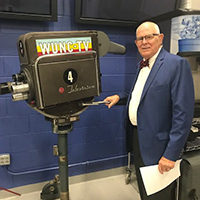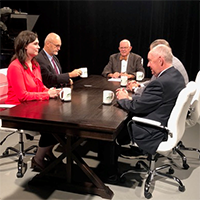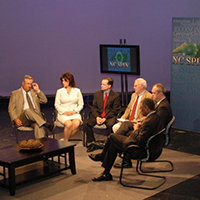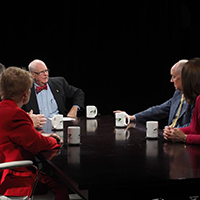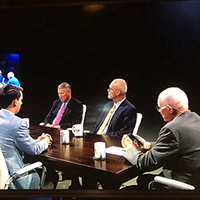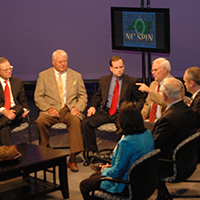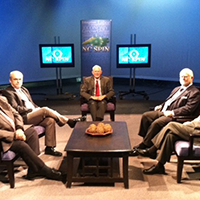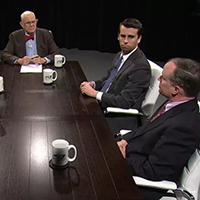With last week’s N.C. Supreme Court ruling in favor of “opportunity scholarships,” North Carolina becomes a state full of educational diversity. That might sound nice on paper, but how does the legislature propose to pay for it all?
Public schools in the Twin Counties alone have plenty of kids who would benefit from a $4,200 per-pupil stipend every year to attend a private school. Almost 70 percent of the 16,000 students in Nash-Rocky Mount Public Schools and 85 percent of the 7,500 students in Edgecombe County Public Schools are on a free or reduced price lunch program. If just a quarter of all of those students applied for vouchers, where would the state find money for them? And how would a financially decimated public school system pick up the pieces and move on to educate the rest of our kids?
Those are real issues that school boards and superintendents in systems all over the state will have to wrestle with in the very near future.
While those folks are struggling with finances, parents would be smart to ask some questions, also. For example, how does academic performance at the private school I’m considering compare to performance at the public school where my child is currently enrolled?
Good luck finding an apples-to-apples answer to that. Private schools don’t have to test kids by curriculum standards required of public schools by the N.C. Department of Public Instruction. Educators in private schools don’t even have to be certified by anyone to teach.
If the N.C. General Assembly is going to require standardized testing in public schools as part of its accountability policy, shouldn’t it require the same of private schools where voucher recipients are spending public tax dollars?
The Supreme Court might have cleared the air on vouchers in North Carolina, but the remaining questions are likely to leave us in the fog for a while to come.
